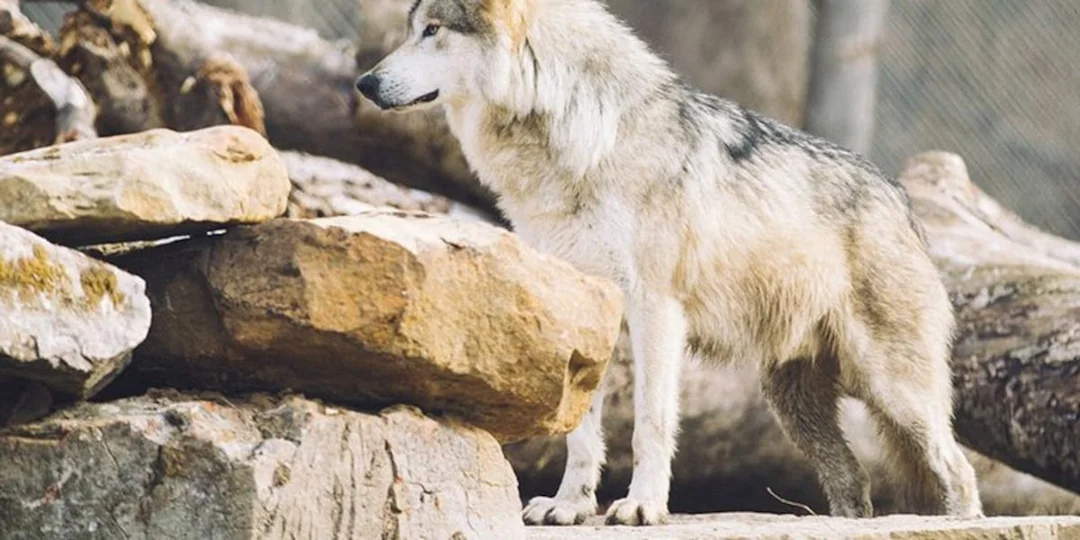
Tragic Mistake: Federal Agency Kills Pregnant Mexican Gray Wolf in Arizona
In a deeply alarming incident, a federal agency mistakenly killed a pregnant Mexican gray wolf in Arizona, igniting outrage among environmental advocates and further complicating efforts to recover this endangered species. The incident, which occurred on April 14, 2025, has raised serious questions about wildlife management practices and accountability in federal agencies.
The U.S. Fish and Wildlife Service (USFWS) had authorized a removal order targeting a non-collared wolf due to a series of livestock attacks by the Bear Canyon pack. However, the order mistakenly included AF1823, a breeding-age female known as Asiza, whose death could have significant repercussions for the pack's survival. Ironically, the order specifically stated that this female, wearing a nonfunctioning collar, was to be spared as she was expected to give birth soon.

Asiza was a beloved figure in the Wolf Conservation community, often highlighted for her role within her pack. The killing was met with immediate condemnation from various advocacy groups who decried the negligence that led to her untimely demise. Erin Hunt, managing director of Lobos of the Southwest, expressed the sentiment that there must be accountability, stating, “We owe it to the wolves and to current and future generations to ensure that these critical guardians roam safely and freely in the wild.”
Research shows that removing a breeding female can destabilize the pack and lead to future conflicts with livestock, which further complicates the already fragile recovery efforts for Mexican gray wolves. With fewer than 300 individuals surviving in the wild across Arizona and New Mexico, each loss in the population carries profound implications for the species' future.
The Bear Canyon pack, which included Asiza, is a part of an experimental population under the Endangered Species Act. This allows for the removal of so-called “problem” wolves who threaten livestock, but it remains contentious as to what constitutes a problem and how such removals should be conducted. Critics argue for more non-lethal methods of managing wolf-livestock interactions, emphasizing that wildlife behavior should not be criminalized on public lands, which are their natural habitats.
In the aftermath of this incident, calls for a thorough investigation have surged, with many demanding that federal agencies disclose how such an egregious error could occur and what safeguards will be implemented to prevent it in the future. The silence from USFWS regarding the specifics of the incident has fueled frustration among advocates.
As wildlife advocates continue to push for the long-term protection of the Mexican gray wolf, the community is left grappling with a critical question: how can we ensure that both human and animal interests are balanced in wildlife management?
We invite readers to share their thoughts on this situation. How should federal agencies handle wildlife management to prevent tragedies like this from reoccurring? Let us know in the comments below.